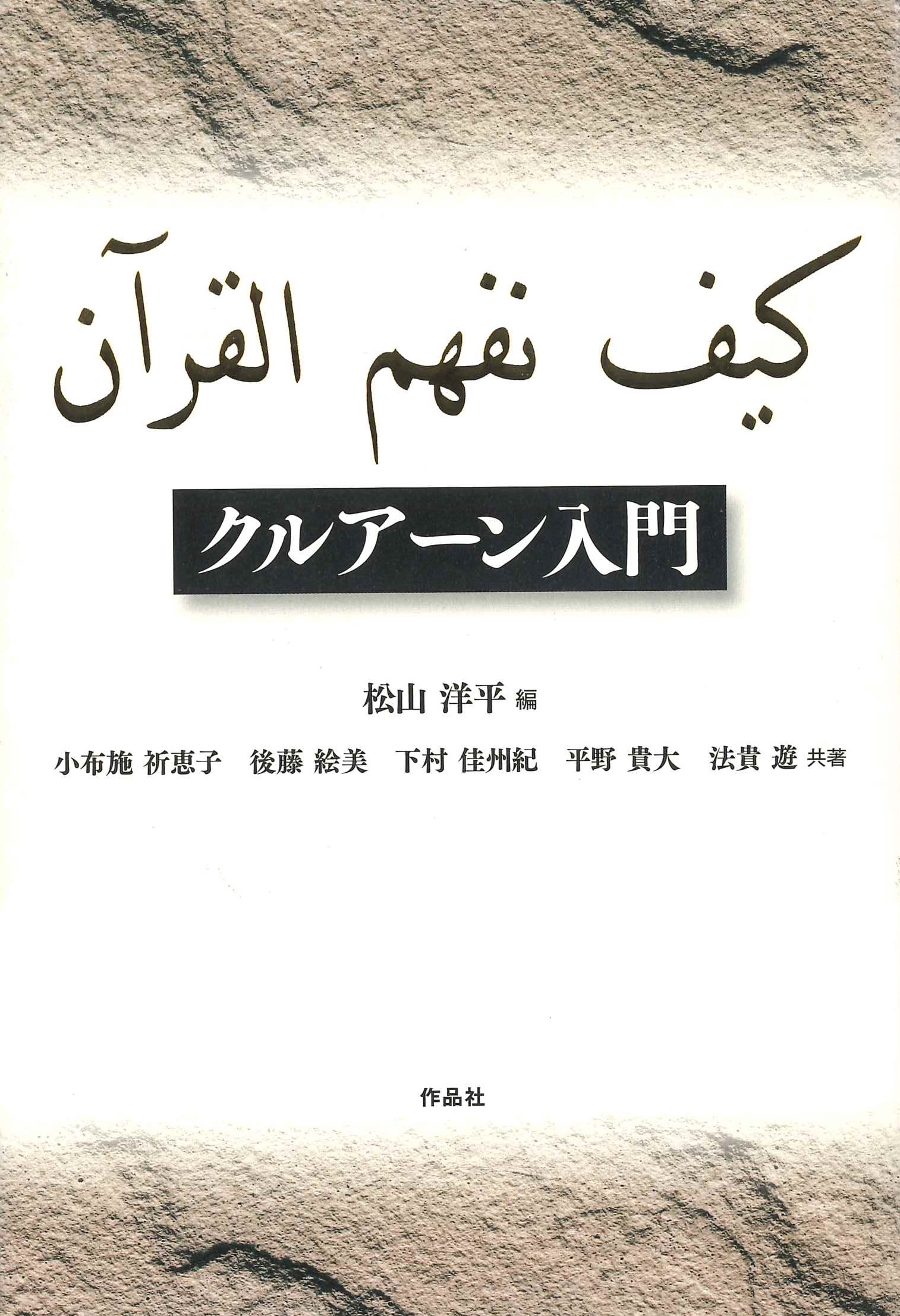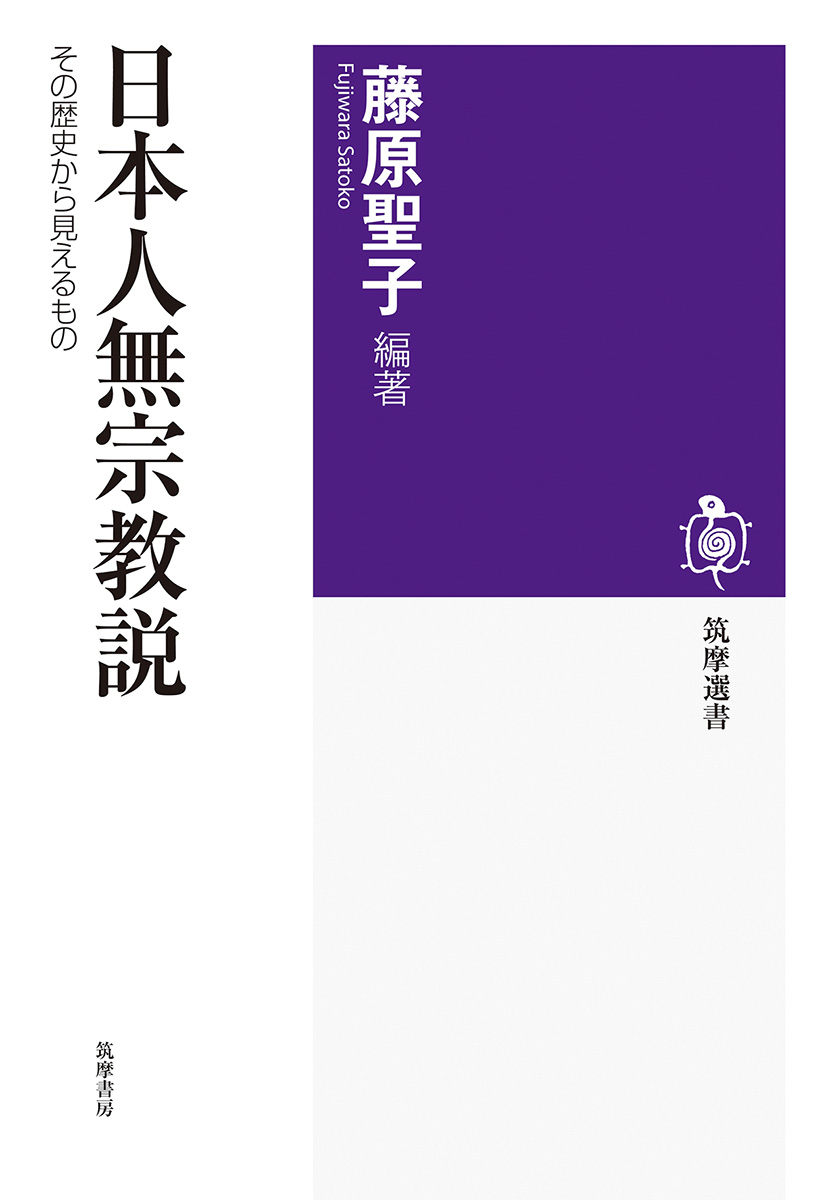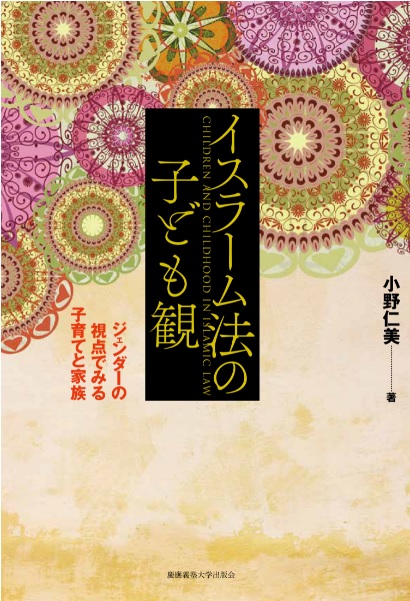
Title
Nippon-no Musurimu-ga Jibakusuru Toki (When a Muslim in Japan Launches a Martyrdom Attack - Japan, Islam, and Religion)
Size
240 pages, 127x188mm
Language
Japanese
Released
February, 2024
ISBN
978-4-86793-021-2
Published by
Sakuhinsha
Book Info
See Book Availability at Library
Japanese Page
The book’s unconventional title may provoke criticism from readers who are prone to impetuous reactions. Nevertheless, as the juxtaposition with the pop art-style illustration on the cover suggests, the title carries a layer of ironic significance. Two critical contexts demand particular attention when examining the theme of “Islam” within contemporary Japanese society: xenophobia and anti-religious sentiment. Islam, frequently perceived as “an external religion that is incompatible with Japanese cultural norms,” has the potential to become a focal point of both these forms of hostility. In the event of political agitation, a tangible risk exists of the emergence of discriminatory and exclusionary movements targeting Muslims in Japanese society. The book’s title metaphorically highlights this possibility, aiming to encourage contemporary Japanese readers to reconsider Islam as an issue of direct relevance to their sociocultural landscape.
The book is structured into three sections, encompassing 12 essays. Section I, entitled “Nippon (Japan),” comprises four essays pertaining to Japanese culture, language, and historical issues. One of them is “1. A pan-Islamist from the Empire of Japan,” which introduces the wartime Japanese policy of the conciliatory treatment of Muslims and the activities of Abdurreshid Ibrahim, a pan-Islamist who cooperated with Japan in this process. “2. There is no Hotoke but Allah” addresses the challenges associated with translating the Arabic terms “Allah” and “ilāh (deity)” into the Japanese language. Section II, “Islam,” includes four essays on Islamic doctrines and practices. For example, “5. Fiqh, Islamic Law, of Coexistence” introduces a reform movement to adapt Islamic jurisprudence to the circumstances of Muslims living in non-Muslim countries. Section III, “Shūkyō (Religion),” contains four essays exploring broader religious questions through an investigation of Islamic issues. For instance, “12. ‘Isuramu’ vs. ‘Isuramu-kyō’” analyzes the point of contention that exists between those who utilize “isuramu” and those who employ “isuramu-kyō” for the term “Islam,” examining the relationship between the concepts of “Islam” and “shūkyō (religion)” in Japanese contexts.
The book also includes three original translations as appendices, one of which is a rendition into modern Japanese of the conversion story of ARIGA Bumpachirō, a Japanese Muslim born during the Meiji era who considered “Amenominakanushi,” a deity of Shinto mythology, to be identical to Allah of Islam. The other two translations were from the literature on Islamic creeds and sermons on piety.
The essays were written in an accessible style that allowed readers with no prior knowledge to engage with the content. I hope that this book will prove beneficial to readers interested in Islam as well as to those with a broader interest in religious issues.
(Written by MATSUYAMA Yohei, Associate Professor, Graduate School of Humanities and Sociology / 2024)



 Find a book
Find a book





